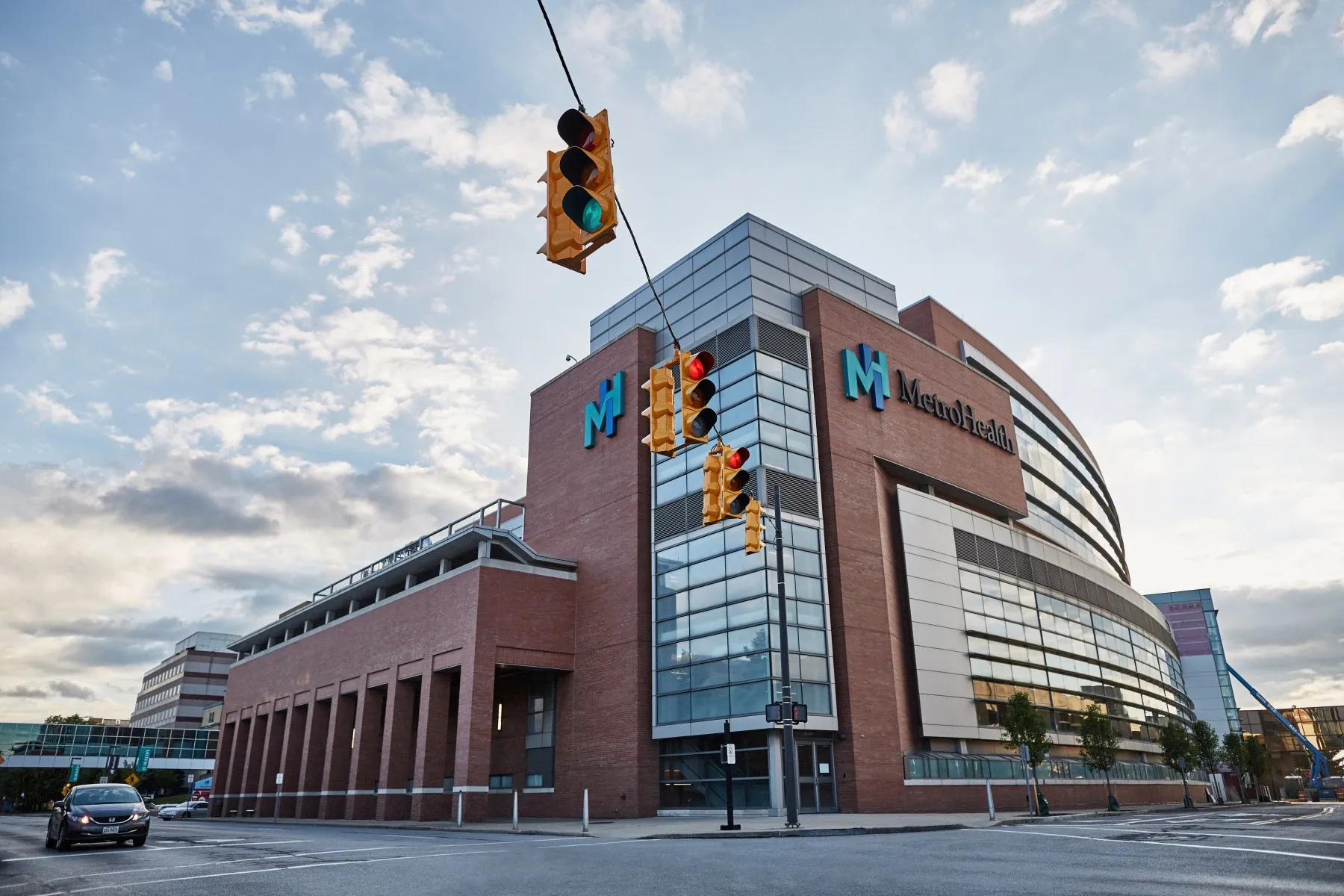CLEVELAND, Ohio — While American healthcare grapples with economic hardships and rising inequality, four hospitals in Northeast Ohio stand out as beacons of social responsibility. According to the Lown Institute’s Hospital Social Responsibility Index for 2025-2026, MetroHealth System leads the region, ranking 36th nationally, followed by Cleveland Clinic South Pointe (41), Summa Health Akron (95), and UH Portage Medical Center (102). These institutions, recognized among the top 125 in the “Honor Roll” list out of more than 2,700 intensive care hospitals nationwide, demonstrate how healthcare facilities can go beyond clinical excellence to strengthen the communities they serve. In a state where economic challenges and disparities in healthcare access remain acute, their work is more relevant than ever.
The Lown Institute, an unbiased analytical center in Boston, evaluates hospitals based on over 50 indicators covering fairness, value of care, and patient outcomes. The ranking, published on June 24, 2025, relies on data from Medicare, the U.S. Internal Revenue Service, and other sources to assess how hospitals invest in communities, avoid excessive procedures, and provide inclusive care. “High-value healthcare is only meaningful when it is accessible to all,” said Vikas Saini, president of the Lown Institute. “These hospitals show what it truly means to be a community partner.”
MetroHealth: A Leader with a Human Face
MetroHealth, ranked on the “Honor Roll” for the fourth consecutive year, received the highest “A” grades for fairness, value, and outcomes, ranking second among Ohio hospitals and first in categories such as “community benefit” and “avoidance of overuse.” Its initiatives, including the School Health Program, which provides medical services in over 25 schools in Cuyahoga County, and partnerships with the Northeast Ohio Coalition for the Homeless, highlight its commitment to vulnerable populations. The BREAST/Amigas Unidas program, a bilingual initiative aimed at educating Latina women about breast cancer, exemplifies culturally sensitive community health approaches. “No other hospital in America has a more dedicated staff,” declared Michelle Alexander-Reger, President of MetroHealth, emphasizing that their mission — “hope, health, and humanity” — underpins every action.
Despite a $4.6 million deficit in 2024 due to increasing uncompensated care and staffing shortages, MetroHealth continues to expand its initiatives, including a new outpatient center opening in 2026 and a pharmacy in Brooklyn to improve access to medications. These efforts contrast with the broader picture in Ohio, where many hospitals face financial difficulties but not all invest as generously in their communities.
Cleveland Clinic South Pointe: Listening to the Neighbors
Cleveland Clinic South Pointe, ranked 41st nationally, has been named to the “Honor Roll” for the second time. Located in Warren'sville Heights, this hospital was recognized for its efforts toward equitable access to care and avoiding unnecessary procedures. Programs such as a $52.5 million investment to eliminate lead contamination in Cleveland homes and mentorship initiatives for local entrepreneurs from underrepresented groups reflect its social impact ambitions. “We are transforming communities by listening to our neighbors and collaborating with partners,” said Cleveland Clinic, emphasizing its holistic partnership approach.
However, despite its reputation for clinical excellence, the main Cleveland Clinic campus ranked fifth among 20 American hospitals with the poorest community cost-to-benefit ratio relative to received tax benefits, prompting criticism about its “fair contribution.” This contrast highlights the gap between clinical achievements and social responsibility, a focal point of the Lown methodology.
Summa Health Akron: Three Years of Recognition
Summa Health Akron, ranked 95th, has made the Honor Roll for the third time, demonstrating consistent community commitment. Its programs, such as mentoring Black students aspiring to medical careers and investments in preventive screenings, have received praise. “This recognition reflects the compassionate care our staff provides every day,” said Iriel Hopkins, Director of Community Relations. Despite an $8 million operating loss in 2024, Summa remains a leader in the Akron market, though its upcoming merger with venture firm General Catalyst, valued at $485 million and expected to finalize in mid-2025, raises concerns about future healthcare accessibility.
UH Portage: A New Name in the Rankings
UH Portage Medical Center in Ravenna, ranked 102nd on its first appearance on the “Honor Roll,” is distinguished by initiatives focused on pregnant women and fighting food insecurity. A mobile diagnostic center for obstetric ultrasounds and free farmers’ markets in three low-income areas, in partnership with Kent State University, help families access healthy foods and education. “We are investing in our communities’ future,” states UH, highlighting its focus on social determinants of health. However, the main UH Cleveland Medical Center ranked sixth in Ohio for the poorest community cost-to-benefit ratio, indicating uneven progress within the system.
Challenges and Broader Context
The Lown ranking emerged at a critical moment for Ohio hospitals, which are facing inflation, staffing shortages, and possible Medicaid cuts affecting 770,000 residents. MetroHealth, Summa, and UH reported financial losses in 2024, while Cleveland Clinic posted a surplus of $980 million, underscoring regional economic disparities. Despite these challenges, recognized hospitals exemplify how targeted investments in equity and public health can yield positive results. For instance, MetroHealth’s Institute for H.O.P.E. screens patients for social needs like housing and food security, connecting them with local resources, while UH Portage educates families on healthy, budget-friendly eating.
The national Lown ranking is led by Duke Regional Hospital in North Carolina, followed by institutions in Tennessee, Texas, and Colorado, reflecting diverse approaches to social responsibility across the country. However, the Lown methodology’s emphasis on fairness and avoidance of overuse contrasts with traditional rankings such as U.S. News, where only two of the top 20 hospitals received an “A” grade for fairness. This gap underscores Lown’s unique perspective, challenging hospitals to rethink their roles as community anchors.
Looking Ahead
As Northeast Ohio continues to face economic and social challenges, the commitment of these four hospitals — MetroHealth, Cleveland Clinic South Pointe, Summa Health Akron, and UH Portage — serves as a model for others. Their programs, from school clinics to farmers’ markets and educational initiatives, demonstrate that hospitals can be more than healthcare providers — they can be catalysts for change. Yet, criticisms directed at Cleveland Clinic and UH main campuses for inadequate community investments serve as a reminder that even leading systems have room for improvement. In a region where health disparities remain a pressing issue, these institutions stand at the forefront of the battle for a fairer healthcare system — and their efforts may inspire others.


